The finale of Season 1 of She-Hulk: Attorney at Law opened with a great callback to the classic Bill Bixby and Lou Ferrigno series, The Incredible Hulk, that ran on network television in the late 1970s and early 1980s and spawned not one, not two but three made-for-tv movies in the late 1980s. The callback, which served as the recap of the series so far, ended with what’s become the norm for the series, a new, weekly title: The Savage She-Hulk. That title is, of course, the title of the first appearance of Jen Walters in Marvel Comics, The Savage She-Hulk #1, which hit newsstands in 1980. Ironically, through the course of the D+ series, Jen’s She-Hulk has been anything but savage for most of the time; however, the same can’t necessarily be said for the series itself.
Language is an ever-evolving thing and, over the last decade or so, one word that has experienced some changes in its usage is “savage.” The way the kids are using it these days (these days being like 5-10 years ago), it means someone who has zero regard for the consequences of what they say when they rip into a person or a group of people. It’s in this way that Jessica Gao and the rest of the writers’ room on She-Hulk: Attorney at Law made the series one of the most self-aware and savage social commentaries in modern pop culture history.
As the finale pointed out, Marvel Studios has an internet problem. No matter what project they churn out it wasn’t long enough, didn’t have enough cameos or didn’t include THAT character or THAT story that some fan was certain was going to be there. However, some projects have a bigger internet problem than others: the ones featuring female leads. From Captain Marvel to Ms. Marvel to Thor: Love and Thunder and now She-Hulk: Attorney at Law, female-led projects at Marvel Studios are described as “problematic” and “sloppy” before general audiences have seen a second of footage. And as Marvel Studios enters its second saga of stories and begins to introduce legacy characters, many of whom are female, the internet has come out swinging with chants of “Mary Sue” and “Thor is a name, not a title” as characters like Kamala Khan, Jen Walters and Jane Foster assume heroic mantles.

It is in addressing these internet problems head-on that She-Hulk became truly, in the modern context, savage. The savagery really began in earnest in Episode 3, “The People vs. Emil Blonsky”, when Jen’s work at GLK&H began to garner more attention. In a brief sequence, the show called out anonymous and misogynistic social media influencers and YouTubers by making a mockery of their go-to commentary. “They took the Hulk’s manhood away, but then they gave it to a woman?” “So we gotta have affirmative action with superheroes?” “No more female superheroes plz.” “Why are you turning every superhero into a girl? Nobody asked for that.” “Why everything gotta be female now???” “So we have a #MeToo movement and now all the male heroes are gone?” Ridiculous only in their accuracy, these comments could have been (and most likely were) taken from real social media account from men decrying that “every hero” is now a female. Forget the fact that Thor: Love and Thunder featured both a man and a woman co-starring as Thor (and the female died), facts have no place in this dojo.
To add an extra layer of verisimilitude to its social commentary on social media, She-Hulk: Attorney at Law brought the dudebro online community known as The Intelligencia to the forefront. While initial theories about who might run the group understandably centered on characters from the comics associated with the group, it turned out to be a collective of manbabies united by one thing: their insecurities. The creatives laid the satire on thick and in layers going so far as having Jon Bass‘ HulkKing scream “come at me bro” shortly after turning into Chris Kattan-Hulk.
Between satirizing the ridiculous nature of online discourse around these projects and having Jen be the first MCU character to really explore dating and sex (she even smashes Matt Murdock on occasion), the Gao and the writers certainly had the very same people they were mocking clutching their pearls. And they did so by simply capitalizing on the very nature of the character pulled straight from the comics where she was Marvel’s first character to be aware that she existed inside of a story and interacted with the world that existed outside her story. So while Jen’s She-Hulk proved she was anything but the savage version her cousin Bruce thought she might be, Marvel Studios went full frontal savage and, in doing so, made their most socially relevant project to date.







